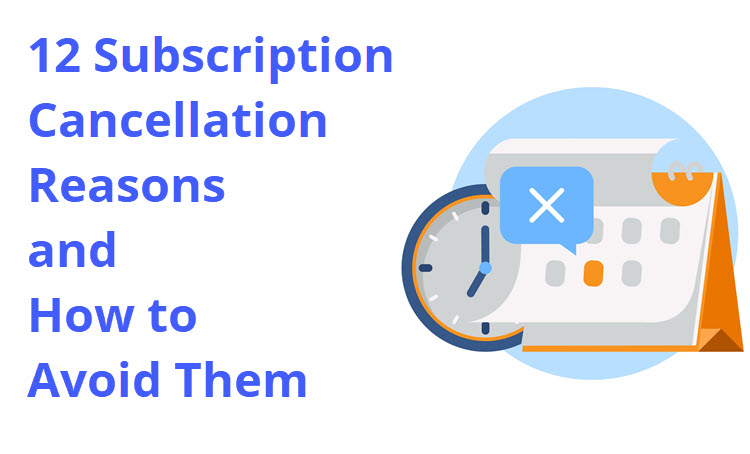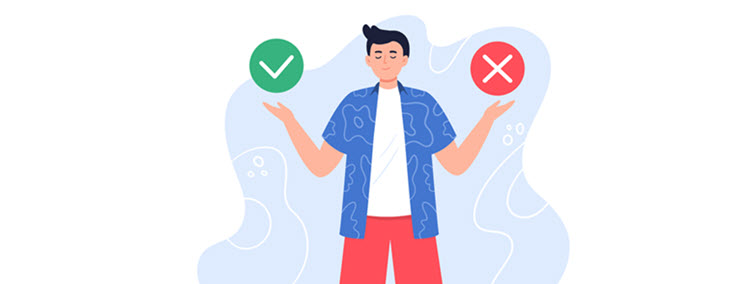
12 Subscription Cancellation Reasons and How to Avoid Them
5. New Management’s Preferences
A business might unsubscribe from your services when new management steps in. Austerity measures and new business goals or policies could be the reasons for such a decision.
What to do?
Timely communication is key. Arrange a meeting with new managers and explain how they can benefit from staying subscribed to your services. Explain that they can either opt for subscriptions or memberships. Consider making tailor-made offers to the most valuable clients.
6. Technical Difficulties
The same goes for customers who experience glitches when using subscription services, such as streaming services or live cams.
What to do?
Work with the technical team to repair the bugs. Apologize to customers and think about offering perks or freebies to keep them satisfied.
7. Human Error
Inappropriate behavior from a customer support agent or other employee can lead to cancelled subscriptions. If customers can’t reach customer support or other relevant staff, they leave.
Also, if customers lose money because of an online business, they abandon the business.
What to do
Train your employees to apply the best customer service practices. Emphasize that the customer is always right.
8. Lack of Customer Education

Merchants that don’t fully educate customers about the subscription’s features face higher churn rates. Users that don’t understand how to use the services simply stop paying for them.
What to do?
Develop an onboarding procedure to teach customers the key features of the solution to which they’ve subscribed. Track their activity and jump in when you see they’re struggling. Add chatbots to improve customers’ orientation on the website.
9. Outdated Features
Customers want updated features with their paid subscriptions. If you don’t follow niche trends, they’ll go to someone who does.
What to do?
Ask the customers how satisfied they are with the relevance of the features offered. Forward the responses, feedback, and customer requests to the product and technical team to improve features.
Monitor competitors so your subscription features and tiers don’t fall behind.
10. Bad User Experience

Customers who repeatedly wait for too long for a business website to load or can’t find the information they need usually give up.
What to do?
Track customers’ behavior on the website to identify the bugs. Work with web designers to improve the website’s functionality.
Note: Bad UX on a subscription website can make potential customers frustrated. Learn everything you need to know about designing a successful subscription flow in our post about subscription UX best practices.
11. Using the Wrong Product
Some customers pay a monthly subscription only to realize that they’ve chosen the wrong product. So, at the end of that month, they cancel the subscription.
What to do?
Improve the renewal rate by showing flexibility. Learn more about the customers’ needs to help them identify the best option. Let them change the pricing plan or product to keep them by your side.
12. Unfinished Product
Merchants that launch unfinished products or services are more likely to face subscription cancellations.
What to do?
Conduct all testing stages and invite test users to try your products and services before the launch. Immediately fix the bugs that customers report.
Conclusion
Don’t panic over subscription cancellations, but do identify why customers abandon your services.
The explanations and actionable tips from this article will help you identify why customers cancelled their subscriptions and offer practical solutions.


